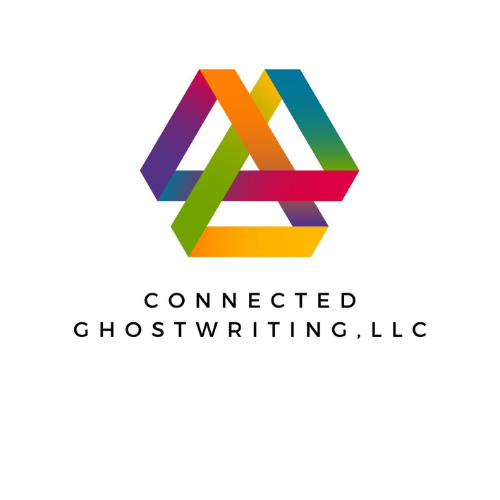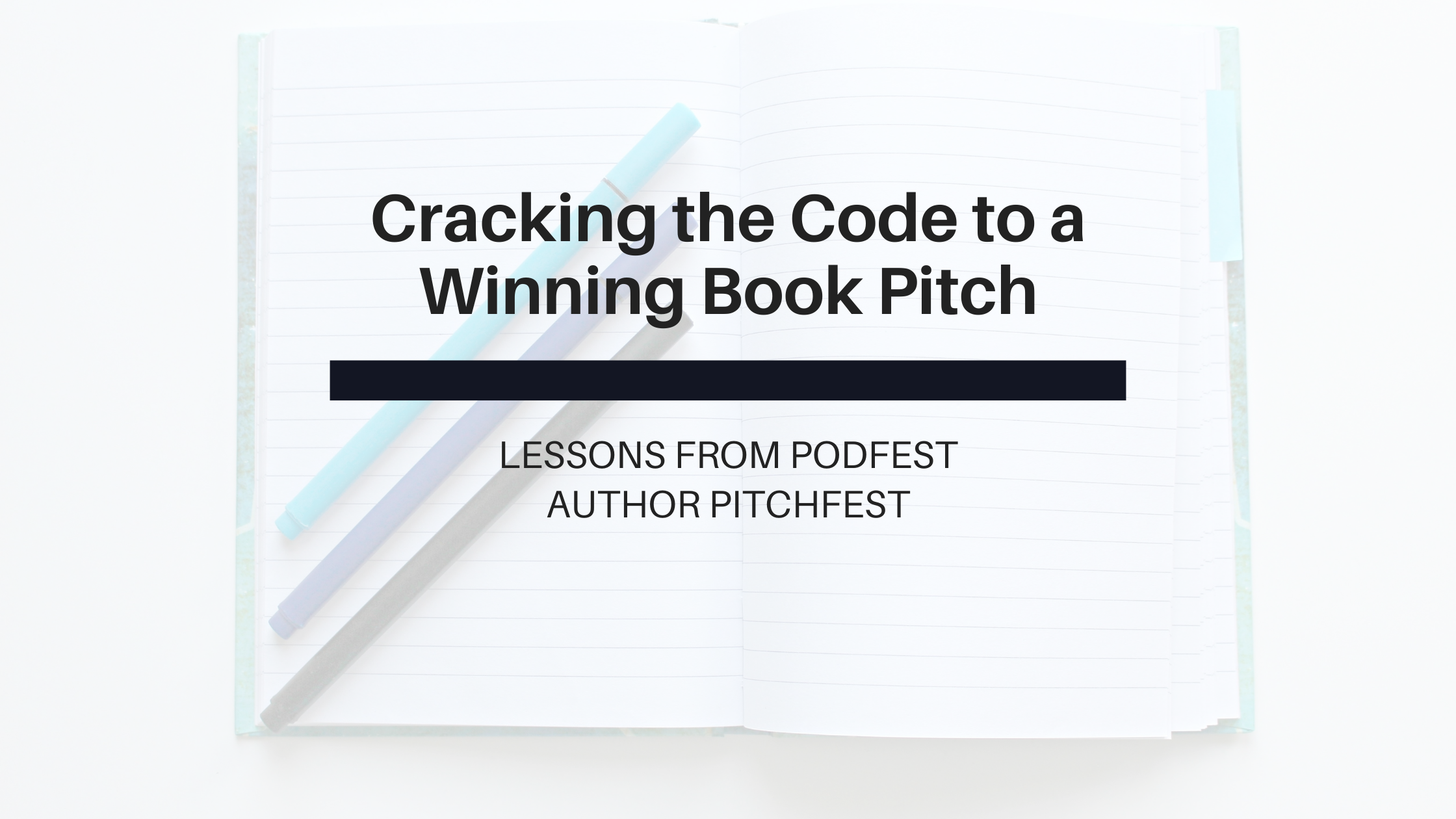At Podfest 2025, I had the privilege of helping dozens of aspiring authors refine their book pitches, and I witnessed firsthand how the right approach can turn an idea into a publishing contract. Several authors walked away from the Author Pitchfest with publishing deals in hand, proving that a well-crafted pitch can make all the difference.

In this article, we’ll walk through the step-by-step process we used to transform pitches, why each step matters, and how you can apply these strategies to your own book pitch.
Step 1: The Elevator Book Pitch
Your book pitch needs to be concise, compelling, and clear—something you can deliver in under 60 seconds. This first impression is crucial when talking to literary agents and publishers. It should capture the essence of your book idea and leave the listener wanting more.
Why it matters: An engaging elevator pitch can cut through the noise and grab attention, whether you’re networking at a conference or sending a query letter. A strong pitch increases your chances of standing out in the slush pile.
Step 2: Know Your Ideal Reader
Understanding your audience is essential. When working with authors at Podfest, we honed their pitches to address who their potential reader is and what problems their book solves for them. Whether it’s nonfiction books addressing real-world challenges or creative writing that provides an escape, knowing your audience helps refine your message.
Why it matters: Agents and publishing houses want to know there’s a market for your book. Defining your ideal reader shows that you’ve done your homework and that your book has commercial potential.
Step 3: Include The Problem and Your Solution in Your Book Pitch
Your pitch should outline the problem your book tackles and how it offers a solution. This is especially important for nonfiction books, but even fiction should hint at the emotional or intellectual journey the reader will experience.
Why it matters: A clearly defined problem and solution make it easier for publishers to see the value in your book and how it fits into their catalog alongside comparable titles (comp titles).
Step 4: Why You’re the Right Author
One of the most critical aspects of pitching is highlighting why you are uniquely qualified to write this book. Whether it’s your professional background, personal experience, or existing platform on social media, showing credibility builds confidence in your ability to market the book.
Why it matters: Agents and editors need to trust that you can deliver the book and attract potential readers. Your qualifications set you apart from the competition.
Step 5: Provide Proof of Concept
During Pitchfest, authors who had previously published articles, short stories, or had a strong presence on platforms like Amazon and social media stood out. Providing links to your past work shows proof of concept and gives agents a sense of your writing style and audience engagement.
Why it matters: Demonstrating previous successes—even in self-publishing or through blog posts—proves your ability to produce content that resonates with readers.
Step 6: Closing with a Call to Action
A pitch should always end with a clear ask—whether it’s a request for a meeting, submission guidelines, or next steps in the publishing process.
Why it matters: Without a call to action, your pitch might be memorable but ineffective in moving the process forward.
Success Stories from Podfest
At Podfest Author Pitchfest, several authors walked away with book deals after implementing these strategies. One author is Stephen Duetzmann of Engaged Family Gaming. He pitched a book for nongamer parents who want to better connect with their kids through games. Once we wrote his pitch and focused on why he is the right person to write the book the publishers were eating out of his hands.
I was at Podfest to talk about podcasting and had no dreams or aspirations of coming home with a book to write. But, Maria was persistent. She taught me her framework, helped me rewrite my work a few times. The end result was incredible. I not only have a book deal, but every piece of content I create from now on will be touched by the work she did. – Stephen Duetzmann
The success of these authors underscores the importance of preparation, clarity, and confidence when presenting a book proposal. Whether you’re pitching your first book or re-writing an old query letter, these steps can help you avoid procrastination and refine your submission to stand out.
Final Thoughts
Remember, a pitch is not a full book proposal; it’s best used for email pitches, in-person meetings with literary agents, and editor submissions. Your goal is to spark interest, not to overwhelm with details. By following these pitching techniques and staying consistent in your writing routine, you’ll increase your chances of securing a book deal and becoming a published author. If you’re interested in getting support in crafting your pitch like those authors at Podfest, schedule a VIP Writing Session today.
Here’s the exact pitching template I used with Authors at pitchfest!
Pitching Template:
- Start with some flattery.
- Introduce yourself and what you do.
- Discuss who your ideal reader/audience is (specific and concise).
- Tell the problem they have and how you solve it in the piece.
- Let them know why you’re the perfect person to write this article.
- Give them a link to a few of your other pieces (use Linktree or something similar to house your links).
Sample Email Pitch
Hi [Editor Name],
I love what [Publication or Publisher] stands for and admire the [books, content, etc.] you provide your audience. I am [Name], [business, book]. My [article, book, talk] helps [audience] who struggle with [problem] by offering them [your special solution]. I’m the right author for this piece because [some of the reasons you’re awesome – this is not the space to be humble].
Looking forward to hearing your thoughts.
Best,
[Your Name]


